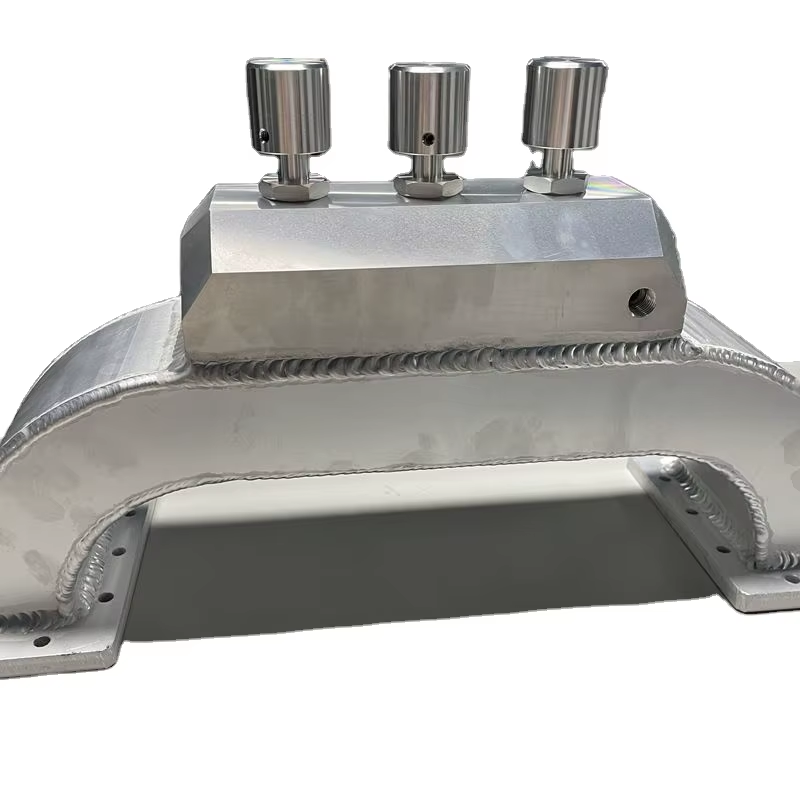Metal parts can be produced in various ways, but when it comes to producing complex parts, two methods that are often used are progressive stamping and transfer stamping. Runpeng Precision Hardware Factory helps you to make these metal parts in the best way. Okay, let’s take a closer look at these two methods!
Differences between progressive stamping dies and transfer dies explained
Progressive stamping and transfer stamping are both methods of manufacturing metal parts, however they function quite differently from one another. Progressive stamping involves a metal strip is traveling through a course of stations where various operations are applied to turn this strip into a part. In transfer stamping, the part is transferred from station to station by a robot or mechanical arm.
Selecting a Stamping Method for Complex Metal Components
As is the case with any process, the complexity of the part will influence whether it makes fabrication sense to stamp the part. For complex metal parts that include multiple features, progressive stamping is usually the best choice because it can perform many operations in one stroke. For simpler parts or those for which control over the shaping process is paramount, transfer stamping might be the answer.
Best Efficiency and Accuracy in Metal Components Production
The Coax It Cutting Head has been designed to promote maximum metal part accuracy and efficiency. Progressive stamping is utilized for its fast speed of manufacture and repeatable bending results. This translates to the efficient and accurate fabrication of components, which in turn, ultimately saves time and money. statisticstamping Transfer Stamping: This may be slower, but if we talk about each operation, it have a high degree of control, and the resulting parts will be of supreme quality.
Looking at the techincal benefits of progressive stamping vs. transfer.
There are several technical advantages of progressive stamping over transfer stamping. For one, it can generate parts more quickly, which is beneficial for high-volume production. Meanwhile, progressive stamping can accommodate even more complex forms and features, offering greater design flexibility for designers. [0014] Transfer stamping although a flexible process for minus draw complex parts may not be as optimized for part integrity.
Without the appropriate parameters, you will be lost in the stamping of complex metal parts
The process for creating complex metal parts can be difficult, but with the correct stamping method, it can be performed with accuracy and efficiency. By knowing the differential between transfer stamping and progressive stamping and then selecting the one best for the part that is in question, fabricators can easily amble through more advanced stampings methods. Runpeng Precision Hardware will help you make this as easy as can be.
In summary, both progressive stamping and transfer stamping have their uses in manufacturing metal parts. Every method has its advantages and there is a lot to consider, but by selecting the best method for the part being produced, manufacturers can increase efficiency, accuracy, and quality in their manufacturing operations. Runpeng Precision Hardware insists to offer excellent stamping service for complicated metal part manufacturing demand.
Table of Contents
- Differences between progressive stamping dies and transfer dies explained
- Selecting a Stamping Method for Complex Metal Components
- Best Efficiency and Accuracy in Metal Components Production
- Looking at the techincal benefits of progressive stamping vs. transfer.
- Without the appropriate parameters, you will be lost in the stamping of complex metal parts

